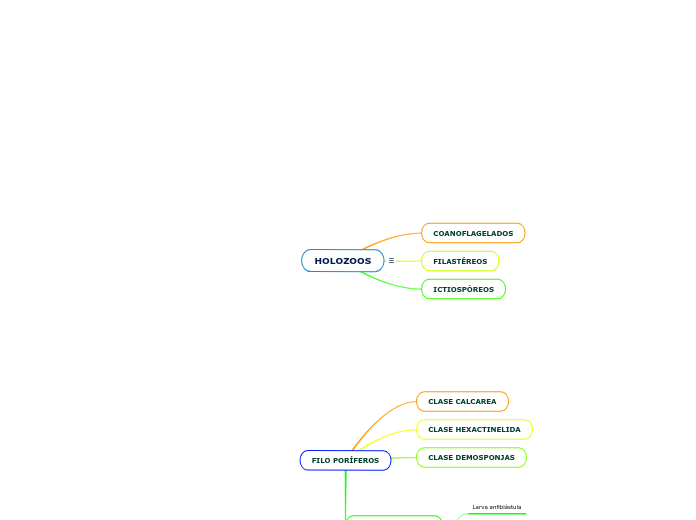によって Javier Ramos 2年前.
186
SISTEMATICA
El texto se centra en la clasificación de varios filos y clases de organismos acuáticos y terrestres. Incluye descripciones de características distintivas y tipos de larvas de cada grupo.

によって Javier Ramos 2年前.
186

もっと見る
ORDEN SPIRULA (spirularia)
ORDEN BELEMNITES
Disparan mucosa para cazar
Son unicelulares